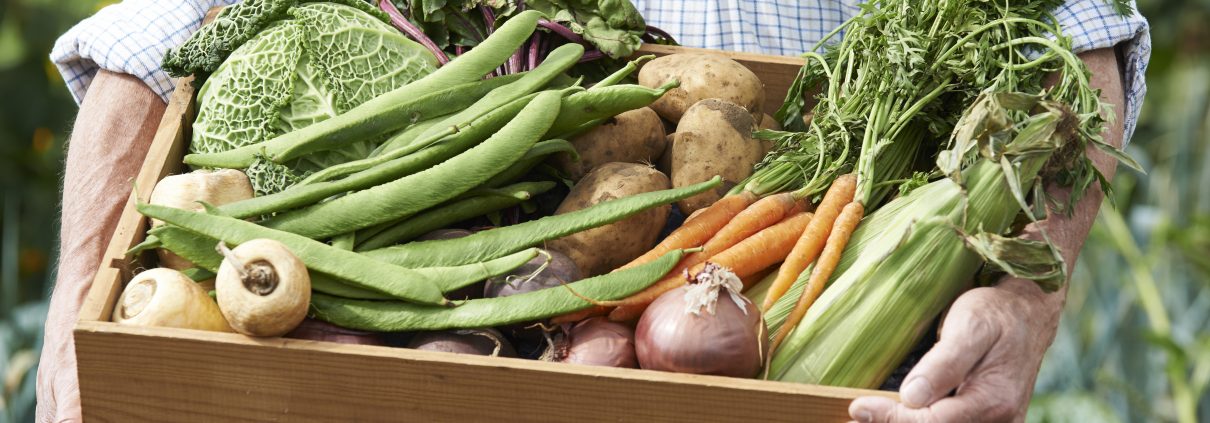COVID-19 Impacts on Rural Residential Hobby Farms
A panel of Accredited Land Consultants of the REALTORS® Land Institute (RLI) shed light on the impacts of the Coronavirus (COVID-19) outbreak on land values and land market trends across the country in a recent Virtual Round Table session. The panel, which consisted of expert land agents from across the country, mostly pointed towards a positive outlook for the land market despite volatility in other areas. One key market they covered was the rural residential hobby farm market.
With a trend the past decade of urban-dwellers moving further to the outskirts of larger urban areas, the COVID-19 outbreak seems to have pushed the migration to rural residential hobby farms even further. Lisa Johnson, ALC, with Horsepower Real Estate out of Junction City, OR, shared that when it comes to buying a rural residential hobby farm or ranchette, these properties are a great “entry-level for owning land, typically 5-20 acre plots.” She feels that due to the COVID-19 outbreak “People are looking to get back to the basics a bit and out of the suburbs.” She explained these rural residential hobby farms are the perfect alternative because “the price range for these properties is well within reach of someone looking to sell their home in town and roll their equity into a down payment for 5 to 20 acres.”
As far as going forward, she says they aren’t seeing a lot of listing coming on but closed sales were still pretty even with where they were this time last year. She did note that since the start of April, many agents are seeing a slight slip in the number of closed sales. Lisa predicts that there will be a lot of demand and says that right now there isn’t a lot of inventory to meet it. “We’re still seeing a lot of people calling from the larger metro areas… that, whether its 5 acres or 100 acres, they just want somewhere to go.”
She also noted that the shutdown is making it clearer than ever that not everybody needs to go to work in an office. With so many companies getting a taste of working remotely, there will likely be a shift in the future to more remote jobs that will allow people to settle further out from cities on to properties like these. As far as an outlook, she said “I also think the economy is going to come back pretty strong.”
Drew Ary, ALC, with Ary Land Co in Coweta, OK, said he is seeing a similar trend in land sales with “an increase in anything outside of 45 minutes of a major metropolitan area.” He said they’ve “had some seasoned listings that have been on the market a while and many of them have been snatched up lately,” noting them having “a lot of calls on rural residential developments.” Drew mentioned that “these properties on the outskirts of major metropolitan areas really seem to hold their value.” He also noted that the inventory and interest rates are low and thinks “we’ll continue to see an incredible increase in demand for these types of properties.
Panel moderator Eric Zellers, who is also with Ary Land Co., noted that he’s been “getting a lot of calls asking if sellers of larger tracts would consider breaking them down and selling 5 or 10 acres of the property.” It is still early to tell, but this could be a new trend in buyer purchasing as more and more people look to invest in living outside urban areas and instead on a rural residential hobby farm or ranchette.
For more insights on the impacts of the outbreak and shutdown on the ranch land market for ranchers from Clayton as well as insights on how other land markets are being impacted, make sure to watch the full Impacts of COVID-19 on The Land Market Virtual Round Table presented by the RLI 2020 Future Leaders Committee or check out the related posts below:
- Are Buyers Moving To Recreational Land In The Age Of COVID-19?
- COVID-19 Impacts on Agricultural Tillable Farmland
- What Ranchers Need To Know About COVID-19’s Impacts on The Ranch Land Market
- COVID-19 Impacts on Commercial Development Land
- COVID-19 Impacts on Timberland
If you are interested in buying, selling or investing in land real estate, make sure to Find A Land Consultant, like an ALC, in your area with the expertise needed to best assist with your transaction.
 About: Drew Ary, ALC, is an agent with Keller Williams Advantage. Drew has a vast knowledge of raw land, land with improvements, and farm and ranch properties. Above all, he has a passion for selling land and farm and ranch properties by bringing buyers and sellers together through honesty and integrity. Drew spent 10 years in the real estate auction world with roles as a Closing Coordinator, Project Manager, and a large portion as the Director of Farm & Ranch Sales. Drew moved to traditional real estate with Keller Williams Advantage at the beginning of 2017.
About: Drew Ary, ALC, is an agent with Keller Williams Advantage. Drew has a vast knowledge of raw land, land with improvements, and farm and ranch properties. Above all, he has a passion for selling land and farm and ranch properties by bringing buyers and sellers together through honesty and integrity. Drew spent 10 years in the real estate auction world with roles as a Closing Coordinator, Project Manager, and a large portion as the Director of Farm & Ranch Sales. Drew moved to traditional real estate with Keller Williams Advantage at the beginning of 2017.
 About: Lisa Johnson, ALC, is the Owner/Principal Broker at Horsepower Real Estate. Specializing in Farms, Ranches, and Equestrian Properties in Western Oregon, her and her team of land Brokers are among the top rural agents in the area. Lisa is a member of the RLI Pacific Northwest Chapter, and a 2019 Future Leaders Committee member.
About: Lisa Johnson, ALC, is the Owner/Principal Broker at Horsepower Real Estate. Specializing in Farms, Ranches, and Equestrian Properties in Western Oregon, her and her team of land Brokers are among the top rural agents in the area. Lisa is a member of the RLI Pacific Northwest Chapter, and a 2019 Future Leaders Committee member.




 About the author:
About the author: